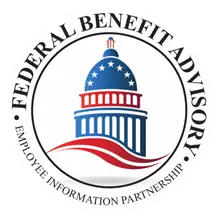So, you are divorced, your ‘ex’ married a rich guy with 7 gas stations, and she will still receive half of your retirement annuity and TSP, because you never changed the beneficiary to your new wife. Perhaps the kids are listed as FEGLI beneficiaries, except poor Teddy, who was born after your last beneficiary review.
When you die, it is too late, so be sure to keep your designation up to date. If you marry or divorce, complete a new form. If your beneficiary’s address changes, complete a new form.
- Former spouse:
“My ex says she’s taking 90% of my retirement annuity and TSP. Can she threaten me, do I report her to OPM & TSP?”
OPM does not make that decision, the court where the divorce became final, will decide through a Court Order, usually called QDRO (Qualified Domestic Relations Order) the percentage of the retirement annuity and TSP. If you were divorced on a filing without legal counsel, review closely as you might have over done the percentage or wrote in a dollar amount. Again, even if it was your own filing, the court order will determine the dollar amount. You can appeal anytime through the courts and amend the beneficiary but do it now.
There are no rules or formula, be it large or small, only the court where the couple got a divorce can set the amount or make changes. If in doubt, look in the divorce papers, or contact your attorney who filed with TSP / OPM, it is effectively there forever until amended.
Former Spouse remarries:
A former spouse survivor annuity ends if the former spouse remarries before age 55 unless the employee and the former spouse were married for 30 years or longer. If an employee dies, a court-ordered survivor benefit is payable to a former spouse if the employee completed at least 18 months of creditable civilian service and dies.
Spouse Equity Act Law. The Civil Service Retirement Spouse Equity Act of 1984 (Public Law 98-615) was enacted on November 8, 1984. Under this act, as amended, certain former spouses of Federal employees, former employees, and annuitants may qualify to enroll in a health benefits plan under the FEHB Program.


